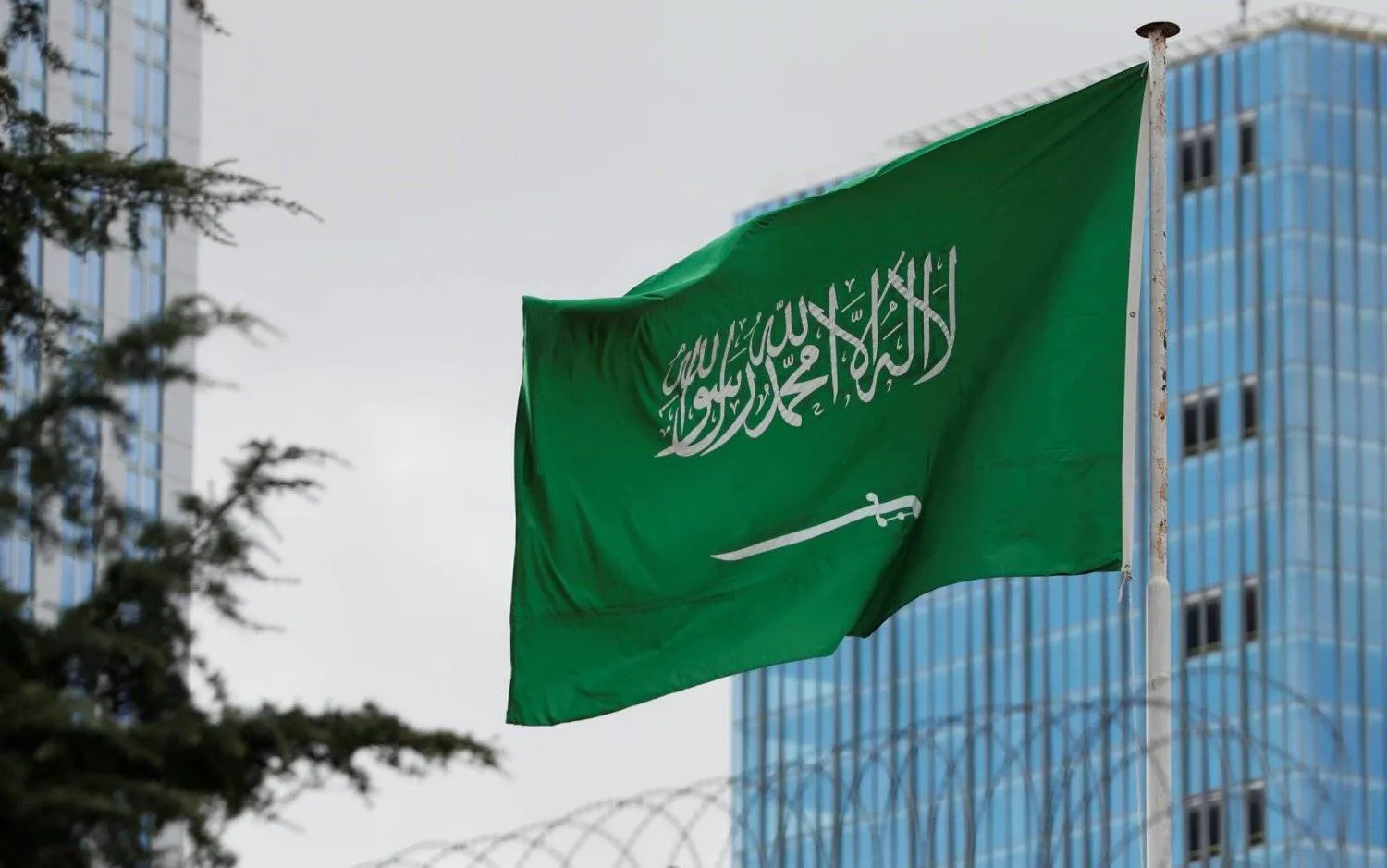Director-General and Chairman of the Board of Directors of the Arab Monetary Fund (AMF) Abdul Rahman Al-Hamidy revealed efforts aimed at reaching a unified standard among Arab countries for measuring financial inclusion.
In remarks to Asharq Al-Awsat, Al-Hamidy underlined the importance of financial inclusion, as a key policy objective to stimulate socio-economic wellbeing, equality, and shared prosperity, as well as to strengthen financial stability.
“We are harnessing the current capabilities to advance financial inclusion because of its importance in creating jobs, and providing opportunities for young people, especially since the youth make up 60 percent of the Arab population,” he said.
Al-Hamidy explained that such efforts would make financial services accessible, appropriate, and affordable to the region’s population living in promising and remote areas, which in turn would contribute to sustainable development, in accordance with the UN Sustainable Development Goals (SDGs).
In this context, the Fund moves and coordinates with all Arab countries to reach a unified standard for measuring financial inclusion, he underlined.
On the AMF support for Arab countries, Al-Hamidy said eight Arab countries have benefitted from the loans system since the start of the Covid-19 pandemic until the first half of 2022. He explained that the value of the loans granted by the AMF have exceeded two billion dollars.
Al-Hamidy touched on the capabilities of the central banks in the Arab Gulf countries, saying: “They have reached advanced stages, and this helps them more in financial inclusion, by enabling everyone to access the financial sector…”
He highlighted the capabilities of the Saudi Central Bank, which he said surpassed global levels, in terms of technology and digital currencies.
Meanwhile, the second Arab-British Economic Summit 2022 will be held in London this Wednesday, under the slogan “Developing a Common Vision.”
Organized by the Arab-British Chamber of Commerce, the summit will be attended by more than 600 economic and financial figures, and aims to strengthen the strategic partnership between the United Kingdom and the Arab countries. Gatherers will also discuss renewable energy, the education and health sectors, the banking and financial revolution, and the promotion of digital cooperation.









